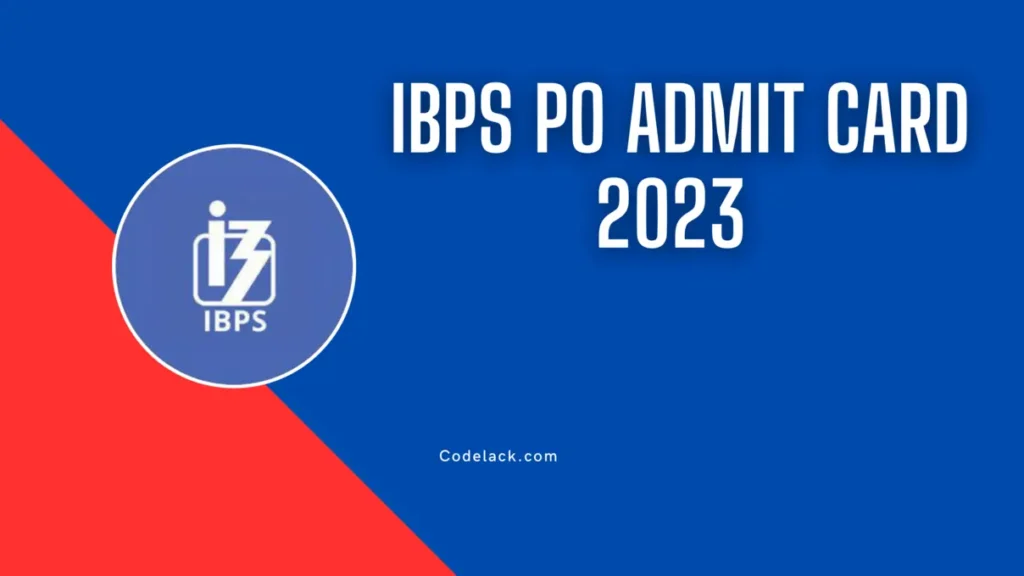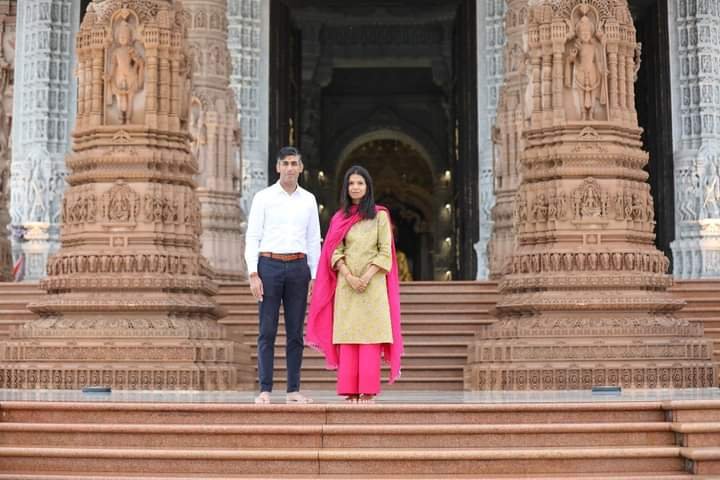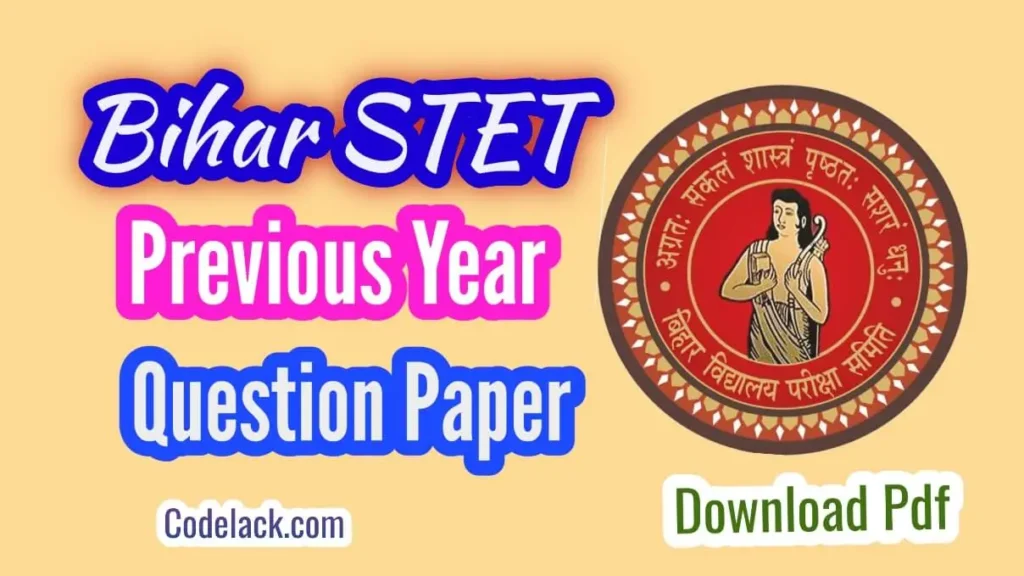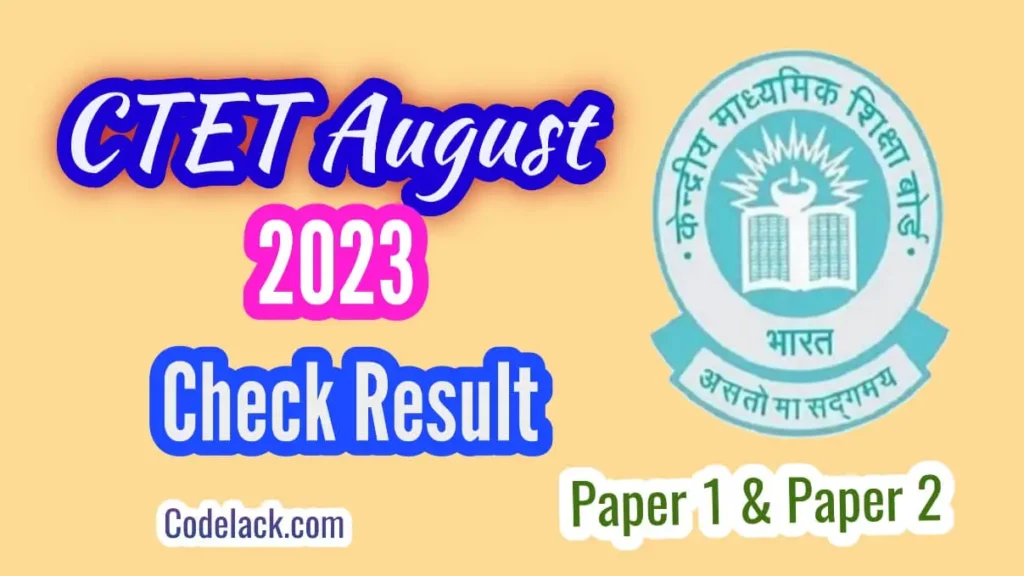The Staff Selection Commission (SSC) has officially announced the results for the Combined Graduate Level Examination, 2023 (Tier-I) on September 19, 2023. If you’re one of the aspirants eagerly awaiting your results, it’s time to rejoice or start planning for the next phase of your journey. In this comprehensive article, we will walk you through everything you need to know about the SSC CGL Tier-I Result 2023, from how to check your scores to what happens next.
Understanding the SSC CGL Tier-I Result 2023
1. Result Declaration Date
The SSC CGL Tier-I Result 2023 was declared on September 19, 2023. This announcement marks a significant milestone in the SSC CGL examination process.
2. Examination Date
The Tier-I examination for the Combined Graduate Level Examination, 2023, took place between July 14 to July 27, 2023. It was conducted in multiple shifts to accommodate the large number of candidates participating in this prestigious examination.
3. Normalization of Marks
Since the Tier-I examination was held in multiple shifts, the marks obtained by candidates have been normalized. The normalization process ensures that all candidates are evaluated fairly, considering the variations in question difficulty across different shifts. The formula for normalization was published on the Commission’s website on 07.02.2019.
4. Qualification for Tier-II
The Tier-I examination results play a crucial role in determining a candidate’s eligibility for the Tier-II examination. Based on their performance in Tier-I, candidates are shortlisted, category-wise, to proceed to the next stage of the examination – Tier-II.
How to Check Your SSC CGL Tier-I Result 2023
Now that you know when and how the results were calculated let’s find out how to access your individual scores.
1. Visit the SSC Official Website
To access your SSC CGL Tier-I Result 2023, visit the official website of the Staff Selection Commission (SSC) at ssc.nic.in.
2. Look for the Result Link
On the homepage of the SSC website, search for the link that reads, “Download Combined Graduate Level Examination, 2023 (Tier-I) Result and Final Answer Key.”
3. Enter Your Credentials
Clicking on the link will direct you to a new webpage where you need to enter your login details. Provide your registration number and password accurately.
4. View and Download Your Result
Once you’ve entered your credentials, your SSC CGL Tier-I Result 2023 will be displayed on the screen. Take a moment to review your scores, and if you wish, download and print a copy for your records.
What’s Next After Checking Your Result?
After you’ve checked your SSC CGL Tier-I Result 2023, you might be wondering about the next steps in your SSC CGL journey. Here’s a brief overview of what to expect:
- Tier-II Examination: If you’ve successfully qualified in Tier-I, it’s time to gear up for the Tier-II examination. Prepare diligently to ace this stage of the SSC CGL 2023 examination.
- Further Updates: Keep an eye on the official SSC website and notifications for any updates regarding Tier-II, including exam dates, syllabus, and admit card releases.
- Preparation: Use this time wisely to enhance your knowledge and skills. Consider joining coaching classes, studying with dedicated focus, and practicing with mock tests to improve your performance.
- Stay Informed: Stay informed about all communication from the SSC to ensure you don’t miss any important updates or notifications.
Conclusion
The announcement of the SSC CGL Tier-I Result 2023 is a moment of anticipation and excitement for aspirants who have worked tirelessly to secure their dream positions. Remember, this is just the beginning of your journey. Stay committed, keep learning, and success will undoubtedly be yours.
When was the SSC CGL Tier-I Result 2023 declared?
The SSC CGL Tier-I Result 2023 was officially declared on September 19, 2023.
How can I check my SSC CGL Tier-I Result 2023?
To check your result, visit the official SSC website at ssc.nic.in, find the result link, enter your registration number and password, and your result will be displayed.
What is the next step after the Tier-I result?
After checking your Tier-I result, the next step is to prepare for the Tier-II examination, which is the next stage of the SSC CGL 2023 examination.
Is there any normalization of marks in the SSC CGL Tier-I Result 2023?
Yes, there is a normalization process for the marks obtained in the SSC CGL Tier-I examination, which ensures fairness in evaluation across different shifts.
Where can I find updates about the Tier-II examination?
Stay updated by regularly checking the official SSC website for notifications regarding the Tier-II examination, including exam dates, syllabus, and admit card releases.










